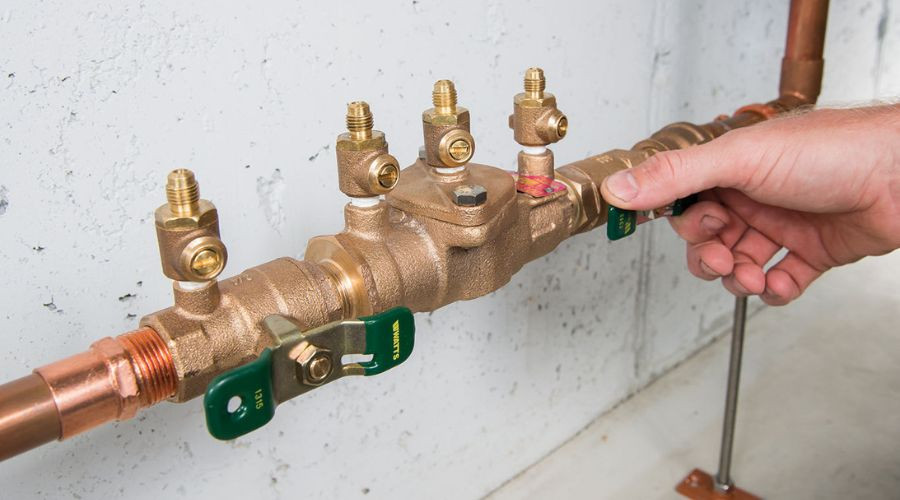Backflow 101: A Mini-Guide
Nobody wants to deal with backflow. This unexpected headache can affect how homeowners do laundry, wash their dishes, and even get a simple glass of water. What’s more, it’s not something that goes away on its own. It needs prompt attention from a trained plumber.
Yet, just like nobody wants to deal with backflow, nobody wants to worry about it, so it’s essential to prevent it. Here, homeowners can learn the basics about backflow and the benefits of installing backflow preventers and testing them regularly to prevent backflow.
What Is Backflow in the Plumbing System?
The home has two types of water pipes: pipes that bring water in and pipes that take dirty water out. Backflow essentially refers to when water reverses through a plumbing system, flowing in the opposite direction, contaminating the potable water and making it unsafe to drink or use.
Some signs of backflow include:
- Foul-smelling water
- Water that looks brown is discolored
- A change in water pressure
- Particles in the water
There are many reasons for backflow, from aging pipes to weakened valves. In any case, it’s something that needs immediate attention.
Homeowners Can Prevent Backflow
 Backflow isn’t inevitable. It’s something that homeowners can actively prevent by:
Backflow isn’t inevitable. It’s something that homeowners can actively prevent by:
- Installing backflow preventers: Backflow prevention devices, such as vacuum breakers, air gaps, and double-check valves, can be installed to ensure that water in the plumbing system flows in one direction.
- Scheduling an annual plumbing appointment: A plumber should inspect and test the home’s backflow prevention devices at least once a year to minimize the risk of backflow.
- Avoiding cross-contamination: Homeowners should avoid crossing clean water with possibly contaminated water. For example, avoid submerging garden hoses in swimming pools.
Understanding Backflow Testing
 Because of the importance of backflow preventers for preventing backflow, it is essential that they get regularly tested to ensure their proper operation. They are typically required to be tested at least once a year by a certified backflow tester to help protect public health and prevent water contamination.
Because of the importance of backflow preventers for preventing backflow, it is essential that they get regularly tested to ensure their proper operation. They are typically required to be tested at least once a year by a certified backflow tester to help protect public health and prevent water contamination.
If a plumber encounters any issues during backflow testing, they can perform repairs or replace the devices to allow backflow and its adverse effects to continue being prevented. Many homes come standard with backflow prevention devices. If a homeowner isn’t sure whether they have them, they should consult a professional to locate and test them.
About Sheely Plumbing Inc.
Sheely Plumbing Inc. is a family-owned and operated company serving Alto and the surrounding areas. They offer same or next-day service, flat rate pricing, and service from experienced professionals. Call them today for backflow testing, prevention, and repair services in Alto, MI.


























